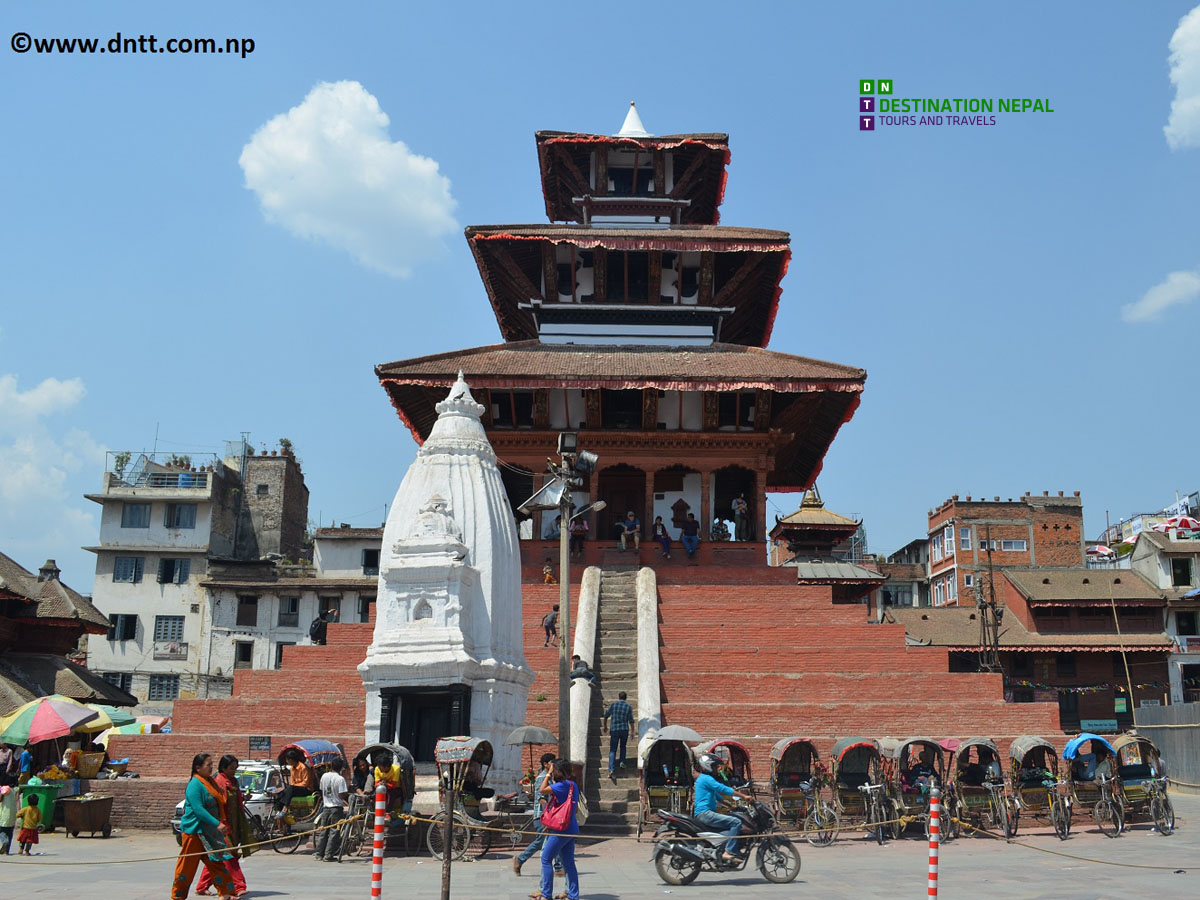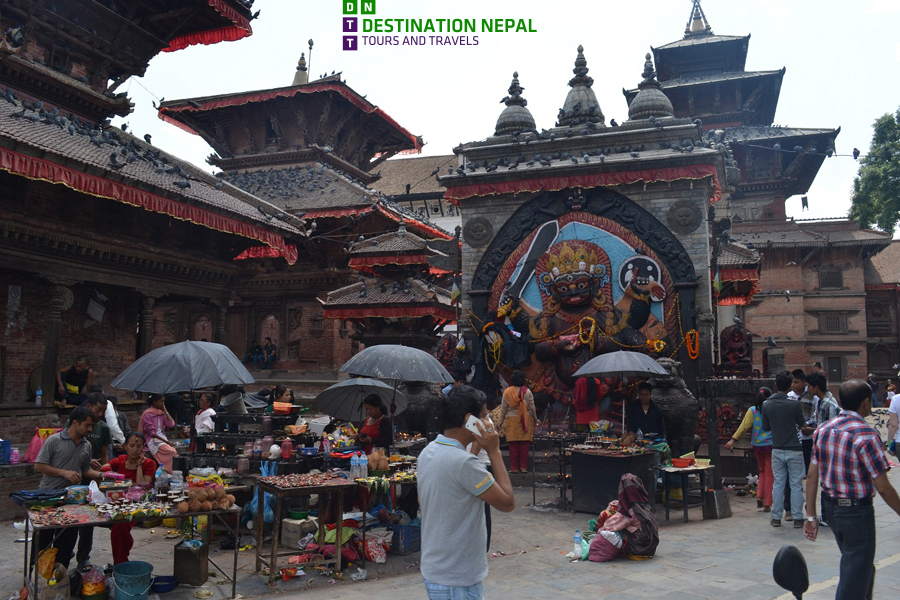Kathmandu Durbar Square


Kathmandu Durbar Square, a UNESCO World Heritage Site, is a historic marvel located in the heart of Kathmandu, Nepal's capital city. Known for its cultural richness and architectural splendor, it served as the royal palace where Nepalese kings w
ere crowned and celebrated. This iconic square is home to centuries-old temples, palaces, and courtyards, making it a hub of Nepal's religious and historical legacy.
The square's centerpiece, Hanuman Dhoka Palace, is a majestic complex that once housed the royal families of the Malla and Shah dynasties. The palace includes courtyards like Nasal Chowk, where royal coronations took place, and the Temple of the Living Goddess Kumari, a unique tradition where a young girl is worshipped as the embodiment of goddess Taleju.

Kathmandu Durbar Square also features significant monuments like the Taleju Temple, towering on a 12-stage plinth, and the Shiva-Parvati Temple, where the divine couple is depicted gazing out at visitors. The Kasthamandap, believed to be the namesake of Kathmandu, is a stunning 12th-century structure made entirely from the wood of a single tree.
Rich in legends, the square's temples and shrines narrate tales of devotion, royalty, and divine intervention. It is not just a place of worship but also a vibrant center of trade and culture. Surrounding markets sell traditional handicrafts, jewelry, and souvenirs, offering visitors a glimpse into the local craftsmanship.
Despite suffering damage during the 2015 earthquake, Kathmandu Durbar Square remains a symbol of resilience and heritage. Restoration efforts have been ongoing, ensuring that its historical and cultural significance endures for future generations.
Key Highlights of Kathmandu Durbar Square
-
Taleju Temple
Built by King Mahendra Malla in 1562 AD, this temple dedicated to goddess Taleju stands on a 12-stage plinth and opens to the public only during Dashain. -
Hanuman Dhoka Palace
Named after the monkey god Hanuman, this palace complex served as the royal residence and includes the Nasal Chowk, used for coronations. -
Kumari Ghar
Constructed in 1757 AD, this ornate building houses the Living Goddess Kumari, believed to be an incarnation of Taleju. Visitors can seek her blessings. -
Kasthamandap
A 12th-century structure made from the wood of a single tree, it is a historic meeting point and the origin of Kathmandu's name. -
Krishna Temple
This octagonal temple, built by King Pratap Malla in 1649 AD, commemorates his deceased queens and depicts them as consorts of Lord Krishna. -
Jagannath Temple
Famous for its erotic carvings, this temple was established in 1563 AD during King Mahendra Malla's reign. -
Maju Dega Temple
A Shiva temple built in the late 17th century, resting on a nine-stage plinth, offering panoramic views of the square. -
Kal Bhairav
A large and imposing statue of Shiva in his ferocious form, erected by King Pratap Malla. -
Basantapur Durbar
Also known as Nau-talle Durbar, this nine-story palace was built by King Prithvi Narayan Shah in 1770 AD. -
Ashok Vinayak
Dedicated to Lord Ganesha, this temple is revered by both Hindus and Buddhists, symbolizing unity in faith.
Important Visit Days
-
Indra Jatra (September)
A vibrant festival celebrating Indra, the god of rain, with chariot processions, dances, and rituals. -
Dashain (September–October)
The Taleju Temple opens its doors to the public, and the square is adorned with lights and decorations. -
Basant Panchami (January–February)
Devotees gather at various temples to worship goddess Saraswati, marking the arrival of spring. -
Shivaratri (February–March)
Celebrating Lord Shiva, the square becomes a center of religious activity with prayers and rituals. -
Kumari Jatra (September)
A unique event during Indra Jatra where the Living Goddess Kumari is paraded in a chariot around the square.
You can find tour package here: Nepal Tour Packages
If you want to see what our customers are saying about us in their reviews: TripAdvisor




